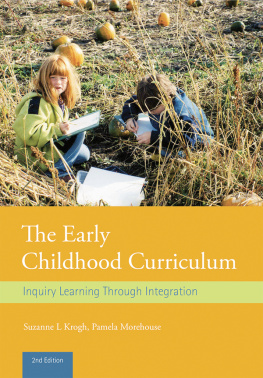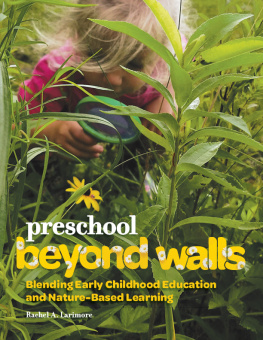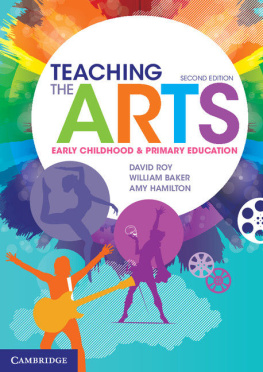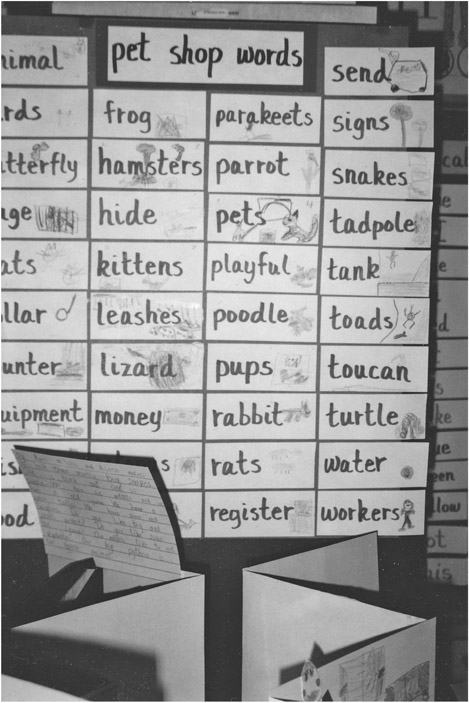Suzanne L. Krogh - The Early Childhood Curriculum: Inquiry Learning Through Integration
Here you can read online Suzanne L. Krogh - The Early Childhood Curriculum: Inquiry Learning Through Integration full text of the book (entire story) in english for free. Download pdf and epub, get meaning, cover and reviews about this ebook. year: 2014, publisher: Routledge, genre: Children. Description of the work, (preface) as well as reviews are available. Best literature library LitArk.com created for fans of good reading and offers a wide selection of genres:
Romance novel
Science fiction
Adventure
Detective
Science
History
Home and family
Prose
Art
Politics
Computer
Non-fiction
Religion
Business
Children
Humor
Choose a favorite category and find really read worthwhile books. Enjoy immersion in the world of imagination, feel the emotions of the characters or learn something new for yourself, make an fascinating discovery.
- Book:The Early Childhood Curriculum: Inquiry Learning Through Integration
- Author:
- Publisher:Routledge
- Genre:
- Year:2014
- Rating:5 / 5
- Favourites:Add to favourites
- Your mark:
The Early Childhood Curriculum: Inquiry Learning Through Integration: summary, description and annotation
We offer to read an annotation, description, summary or preface (depends on what the author of the book "The Early Childhood Curriculum: Inquiry Learning Through Integration" wrote himself). If you haven't found the necessary information about the book — write in the comments, we will try to find it.
Based on research that demonstrates the powerful advantages of integrating the curriculum while providing inquiry opportunities, The Early Childhood Curriculum shows how to make such an approach work for all children, preschool through the primary grades. The text demonstrates how to confidently teach using inquiry-based methods that address the whole child, while also meeting and exceeding academic standards. Offering a foundation in early childhood theory, philosophy, research, and development, the 2nd edition of this unique textbook helps future teachers, as well as current educators, understand the why of curriculum in early childhood and invests them with the skills they need to move from simply following a script to knowledgeably creating curricula on their own.
Since each curricular subject has its own integrity, there is a chapter for each discipline, grounding the reader in the essentials of the subject in order to foster knowledgeable and effective integration. The 2nd edition of The Early Childhood Curriculum includes information on the most recent trends in national curriculum standards, particularly in regard to the Common Core State Standards Initiative and the Next Generation Science Standards. Coupled with this information are practical suggestions for meeting standards while still providing young learners with a truly child-centered educational experience. Chapters contain real-life vignettes that demonstrate inquiry and integration in practice. The entire text reflects the philosophy that the use of inquiry to seek and obtain information is one of the most valuable and powerful tools children can acquire along the way to becoming lifelong learners.
Suzanne L. Krogh: author's other books
Who wrote The Early Childhood Curriculum: Inquiry Learning Through Integration? Find out the surname, the name of the author of the book and a list of all author's works by series.







